
Bureau Veritas develops guidelines for tugs
Written by Nick Blenkey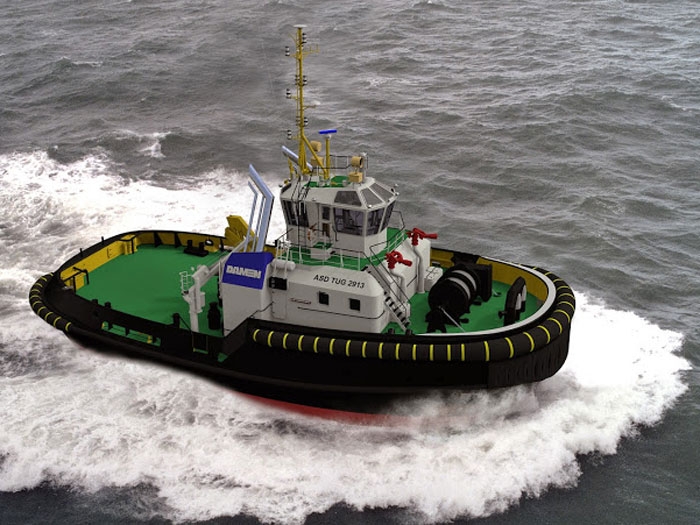
Damen Shipyards is among industry leaders consulted by BV in drawing up new guidelines
JUNE 19, 2014 — Classification society Bureau Veritas has developed comprehensive of Guidelines for Design, Construction and Operation of Tugs that provide harmonized and rationalized safety rules for tugs in an area of marine safety where, it says, there are many vessels not covered by international conventions and no agreed international rule framework.
“Active involvement with industry stakeholders was vital to building these rules,” says Gijsbert de Jong, business development manager for offshore service vessels and tugs at Bureau Veritas. “They are pragmatic and they are developed around the latest technical developments with an open mind towards innovation.”
Bureau Veritas has worked in close co-operation with a number of industry leaders, including Robert Allan Ltd, Damen Shipyards, Smit Lamnalco/Smit Towage and Kotug International, building the new framework on feedback received on experience with the work of the SafeTug JIP, which reported in 2010.
The rules allow designers and builders to select an operational profile and safely configure the tug. The requirements cover design loads, stability criteria, strength and operational criteria for towing equipment and anchor equipment.
For ships not covered by the SOLAS Convention, a practical safety matrix with requirements for fire safety, life-saving appliances, radio installations and navigation equipment is included which takes into account the familiarity of the crew with the operating area and the availability of shore facilities and emergency assistance.
The tug’s design capability limits are clearly set out. For harbor tugs and seagoing tugs the maximum bollard pull will be indicated, while for escort tugs the maximum steering force, maximum braking force and maximum escort speed will be stated.
“Bureau Veritas is the world leader in the classification of tugs, with over 1,650 tugs in class and 300 newbuilding tugs on its order book,” says Mr. de Jong . “That represents a 22 percent market share of IACS-classed tugs. The global market for tugs is changing quickly as ship sizes increase. There are also more offshore terminal operations, broader escort requirements and increased pressure to reduce emissions. One of the issues facing the tug industry is a lack of clear global safety guidelines and rules. BV’s new Guidelines for Design, Construction and Operation of Tugs will set a new baseline for all tug builders and operators and help make the whole industry safer and more effective.”

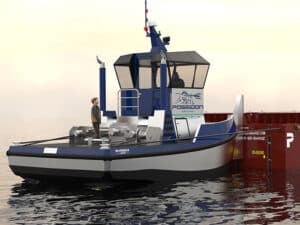
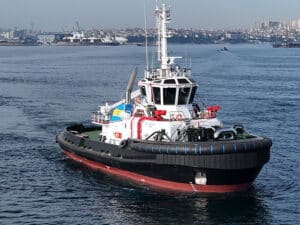
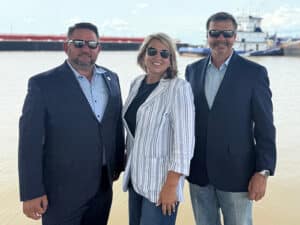
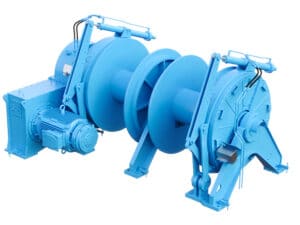
Leave a Reply
You must be logged in to post a comment.